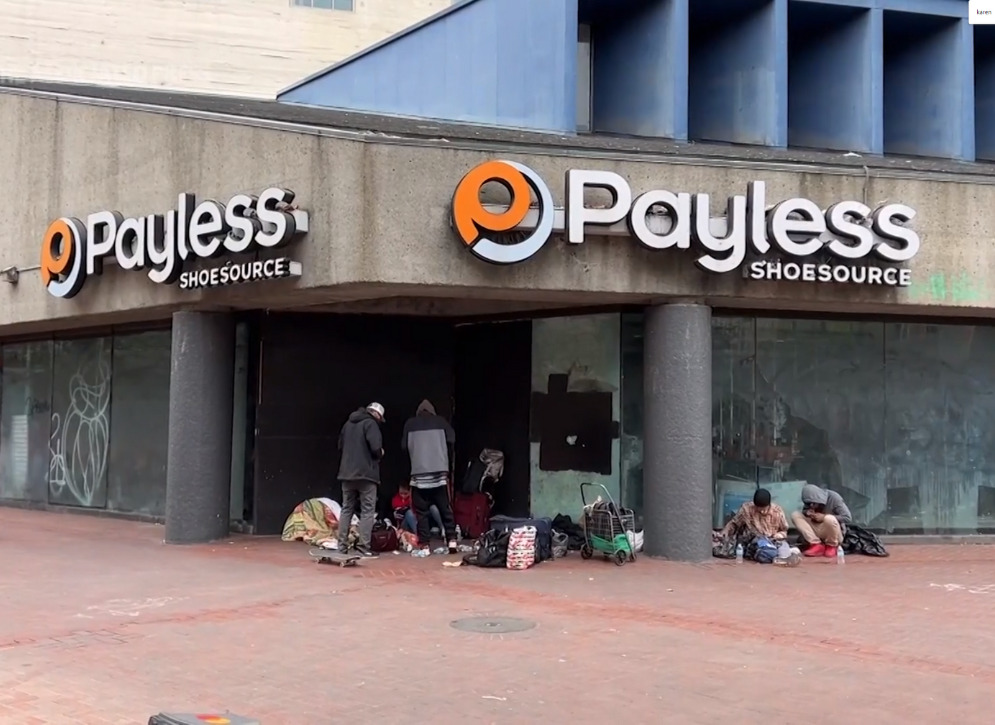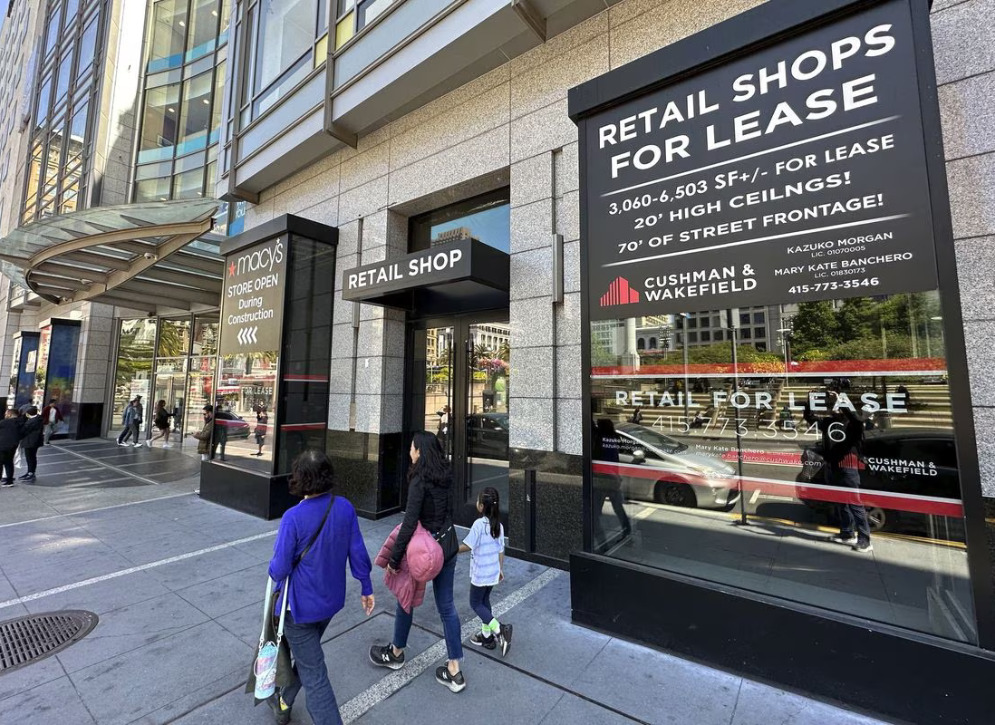The onset of the Covid-19 pandemic renewed longterm debates about the future of downtowns in North America. With the initial shock of the pandemic, downtowns emptied out as people were forced to stay at home, and even as life has gradually returned to malls and neighbourhood commercial corridors, the urban core is no longer a bustling center of activity. This trend has led many to wonder: is this finally the death of downtown?
Researchers typically measure downtown vitality via three key indicators: office vacancy rates, public transportation ridership, and retail spending. The growing availability of mobile phone data containing user locations provides us with a new way to directly measure downtown activity patterns.
Since January 2020, Professor Karen Chapple has lead a team at the School of Cities and the Institute of Governmental Studies at UC Berkeley that is researching visits over time to 62 downtown areas across North America* using mobile phone data and comparing the most recent activity (updated quarterly) to pre-pandemic levels.
They are finding wide variation in the extent of recovery, and have identified the key factors positively influencing recovery rates for downtowns to include lower commute times and the presence of economic sectors such as accommodation, food, health care, and construction. To survive in the new era of remote work, downtowns will need to diversify their economic activity and land uses.
*Data for a selection of European cities was added in 2023
Visit the dedicated Downtown Recovery website to:
- Review the rankings, sortable by season and region
- Read the most recent policy brief about the research
- Learn about the research methodology
- Watch an explainer video
- Meet the team
If you are journalist interested in an interview about downtown recovery, please contact Felicity Heyworth, Senior Communications Officer, at communication.sofc@utoronto.ca








